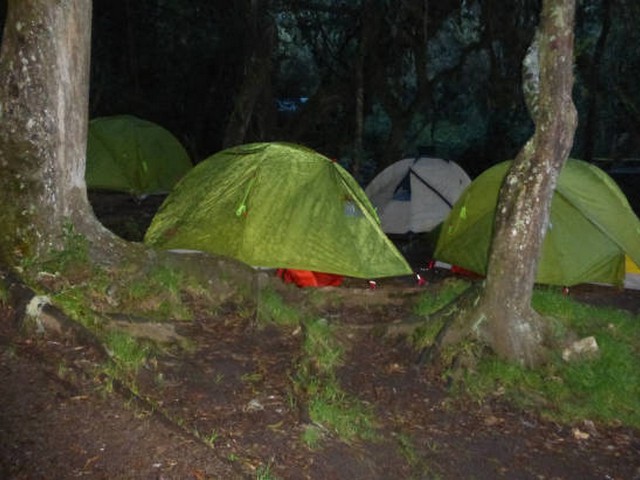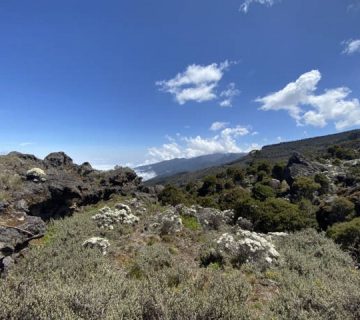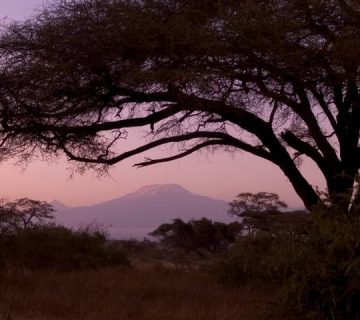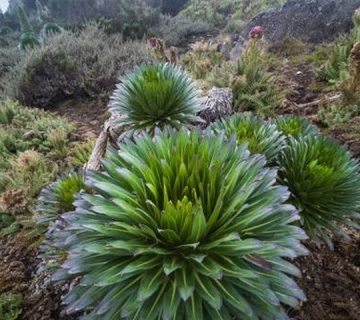How to Acclimatise During Kilimanjaro Trek: The Ultimate Guide
Rising majestically above the African plains, Mount Kilimanjaro isn’t just a mountain; it’s a monumental journey through diverse ecological systems, from lush rainforests to stark arctic summits. At Kilimanjaro Centre for Trekking and Ecotourism (KCTE), we understand that successfully summiting Uhuru Peak is a dream for many adventurers. However, this dream can only be achieved with proper acclimatisation. In this comprehensive guide, we will walk you through the essential steps to acclimatise effectively during your Kilimanjaro trek, ensuring that you not only reach the summit but enjoy the journey.
Understanding Acclimatisation: Why is it Crucial?
Acclimatisation is the process by which your body adjusts to changes in its environment, allowing you to perform better under decreased oxygen levels. At high altitudes, like those found on Mount Kilimanjaro, the air becomes thinner, and each breath you take contains fewer oxygen molecules. Without proper acclimatisation, trekkers run the risk of altitude sickness, which can severely impact health and hamper the success of your climb.
Pre-Trek Preparation: Starting Right
Health Check and Training
Before you even set foot on Kilimanjaro, begin your preparation at home. Consult with a healthcare provider to ensure you’re fit for the climb. Engage in regular cardiovascular exercises like running, swimming, or cycling. Strength training and hiking at elevated terrains can mimic the conditions you will face on Kilimanjaro, providing a good base for acclimatisation.
Understanding the Importance of a Gradual Climb
The route you choose significantly affects your acclimatisation process. At KCTE, we recommend routes that allow for a gradual ascent and provide ample time for your body to adapt. The Machame, Lemosho, and Rongai routes are excellent choices, offering a slower ascent and higher success rates.
On the Mountain: Practical Tips for Acclimatisation
Pace Yourself: Pole Pole (Slowly, Slowly)
The Swahili phrase "Pole Pole" is not just a saying; it’s essential advice for climbers. Walking slowly conserves energy and reduces the exertion level, minimizing the shock to your body and allowing it to adjust to altitude changes gradually.
Hydration is Key
Dehydration can mimic or worsen the symptoms of altitude sickness. Drinking plenty of water helps increase the volume of blood circulating through your body and ensures adequate oxygen delivery to your muscles.
Eat Well and Rest
High-calorie meals are vital as your body uses more energy at altitude. Ensure you eat enough, even when your appetite wanes. Adequate sleep is also crucial as it helps your body recover and regenerate.
Listen to Your Body
Recognize the symptoms of altitude sickness, which can include headaches, nausea, dizziness, and fatigue. If symptoms worsen, it is essential to descend to a lower altitude and seek medical assistance.
Advanced Techniques for Better Acclimatisation
Climb High, Sleep Low
Whenever possible, engage in "climb high, sleep low" practices. This involves trekking to a higher altitude during the day then sleeping at a lower altitude. This method allows the body to experience higher elevations during the day but recover and adapt at lower, more oxygen-rich environments at night.
Medicinal Aids
In some cases, your doctor might recommend medications like Acetazolamide to help prevent altitude sickness. It’s pivotal to discuss this with a health professional before your trip and strictly follow prescribed guidelines.
Choosing the Right Partner for Your Climb
Why Climb with Kilimanjaro Centre for Trekking and Ecotourism (KCTE)?
Choosing the right tour operator is as crucial as the physical preparations for the climb. KCTE specializes in tailored Kilimanjaro treks that prioritize your safety, comfort, and adventure. Our knowledgeable guides are trained to assist climbers in successful acclimatisation, and our routes are designed to maximize your summit success rate. By choosing KCTE, you’re opting for an experienced partner who will guide you safely and enjoyably to the roof of Africa.
Frequently Asked Questions (FAQ)
What is the best time of year to climb Kilimanjaro for optimal acclimatisation?
The best times to climb Kilimanjaro are during the dry seasons: January to mid-March and June to October. These periods offer the clearest weather conditions and the least precipitation.
How long does it take to acclimatise to Kilimanjaro?
The acclimatisation process varies by individual, but typically, a 7 to 8-day trek allows ample time for most climbers to acclimatise successfully.
Can children and older adults successfully acclimatise on Kilimanjaro?
Yes, with proper preparations and choosing the right route, children above ten years and older adults have successfully summited Kilimanjaro. It is essential to consult with a medical professional beforehand to ensure fitness for the climb.
Are there any specific foods or drinks that help with acclimatisation?
Foods rich in carbohydrates are excellent for high-energy output, and maintaining hydration is crucial. Avoid alcoholic and caffeinated beverages as they can lead to dehydration.
Conclusion: Ready for Your Adventure?
Acclimatising during your Kilimanjaro trek doesn’t have to be daunting. With the right preparation, mindset, and guidance from experienced professionals like those at Kilimanjaro Centre for Trekking and Ecotourism (KCTE), you’re set for a successful and memorable climb. Are you ready to conquer Kilimanjaro? Book your adventure today with KCTE and take the first step towards standing on the summit of Africa’s highest peak. Remember, the journey of a thousand miles begins with a single step. Take that step with us.




